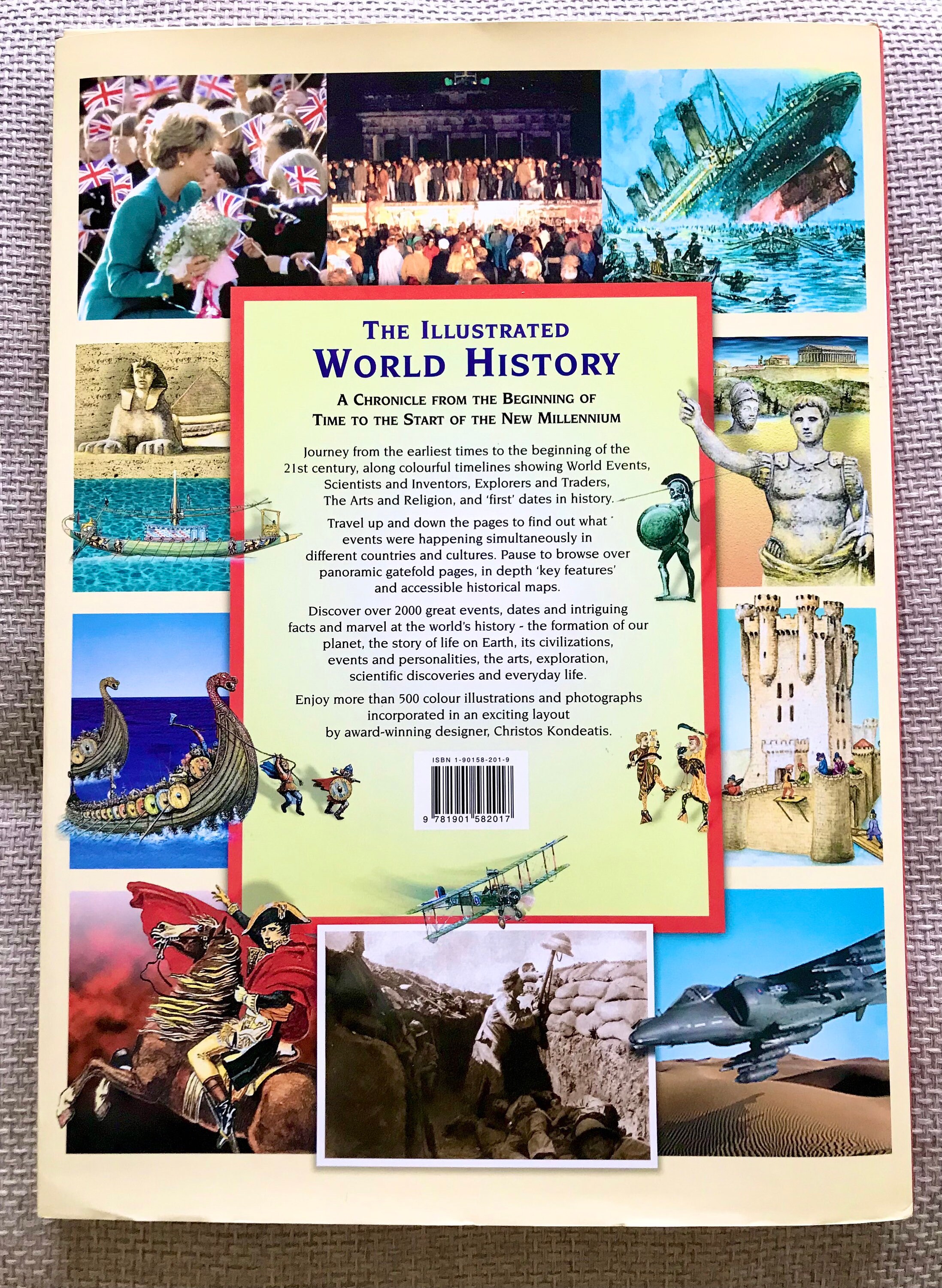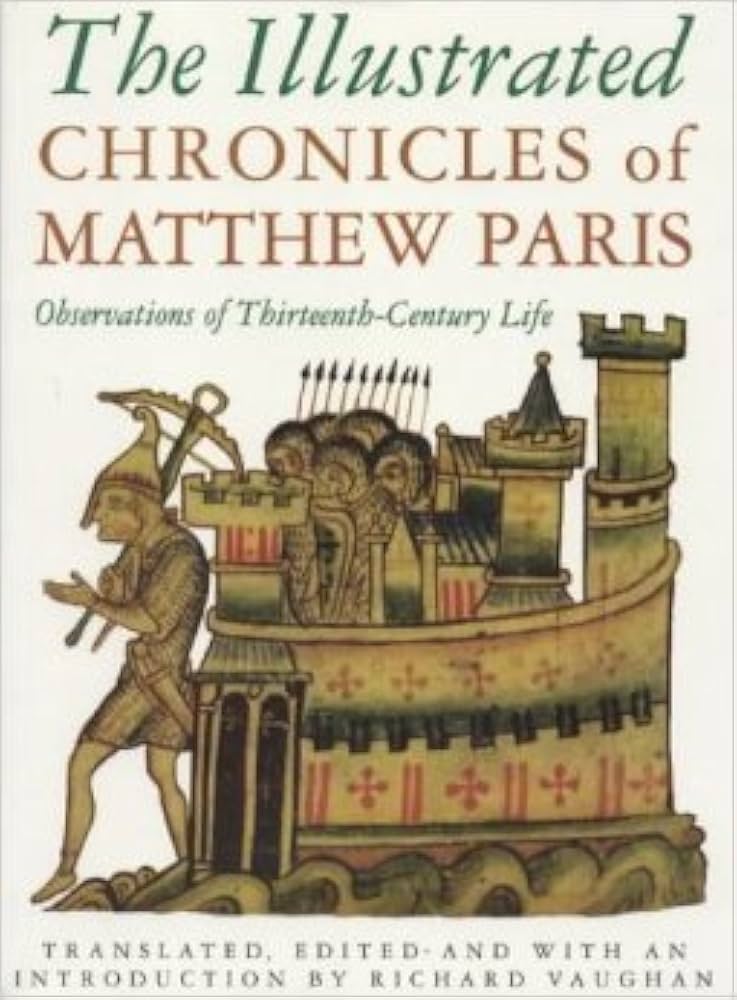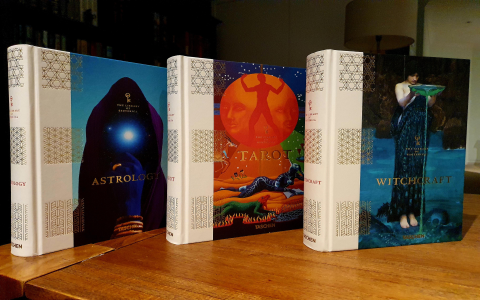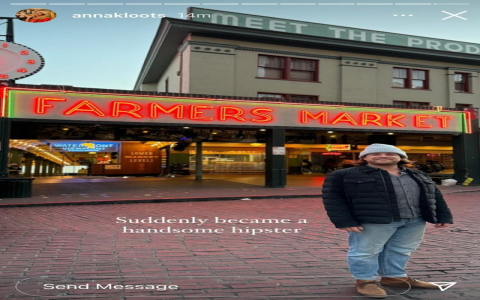The World Through Pictures: The Impact and Evolution of Illustrated History Books
History has always been a subject shrouded in fascination and mystery. As we delve into eras past, what better way to understand and visualize the progression of humanity than through illustrated history books? Far from being mere texts, these volumes serve as vessels of visual storytelling, providing a vivid conduit between the reader and historical events, cultures, and artifacts.

The tradition of using illustrations to bring history to life can be traced back to ancient manuscripts. Consider the medieval tapestries of Bayeux, which tell the story of the Norman Conquest, or the intricate illuminated manuscripts like the Book of Kells, where monks adorned religious texts with exquisite illustrations. These weren’t just books; they were windows into the epic tales and spiritual beliefs of their time.
As epochs evolved, so did the methods of documentation. With the introduction of the printing press, the mass production of books became feasible, and illustrations grew in importance. Early printed historical works often contained woodblock prints to illustrate significant events or personalities, making history tangible for a wider audience. These books were less about the text itself and more about the narrative the images conveyed, allowing everyone from scholars to commoners to engage with history.
Moving into the modern era, illustrated history books found new life through the photograph. When cameras became widespread, photographs captured not just pivotal moments but also the ordinary lives people led. Books like "Life" magazine or the iconic "The Family of Man" photo exhibition and subsequent book, edited by Edward Steichen, used powerful imagery to present a compendium of human experience, making history not only visible but visceral.
Today, illustrated history books have transcended the simple pen and print to become dynamic entities. Artists and historians collaborate to craft detailed and meticulously researched imagery, from 3D reconstructions of ancient cities to vivid reinterpretations of historical battles. Books such as "The Civil War: A Narrative" by Shelby Foote, though originally text-focused, have been accompanied by volumes of photographs and paintings, enhancing the narrative and deepening understanding.
Moreover, children’s illustrated history books have become instrumental in education. Titles like ‘Horrible Histories’ by Terry Deary not only entertain but also educate young minds through caricatured visuals, making complex events and figures accessible and relatable. These books prove that visual aids can break down barriers of comprehension, engaging readers at an early age, fostering a lifelong interest in history.
The evolution of these books also reflects changes in technology. With advances in digital media and e-books, illustrations can now be interactive, with animations, virtual reality experiences, and dynamic infographics bringing history into the digital age. This interactive element transforms the passive reading experience into an active exploration, inviting readers to interact with history in ways previously unimaginable.
What makes illustrated history books uniquely compelling is their ability to contextualize time. They bring together the past, present, and future through a medium that transcends language barriers, offering a universal understanding of where we’ve come from. This visual storytelling not only aids in memory retention but enriches understanding, as each image connects the reader to an event or era with emotional and intellectual depth.
In essence, illustrated history books are not just about presenting facts in a visually pleasing manner. They bridge the gap between academic knowledge and the human experience, making history a dynamic, living testament to our collective journey. They invite us to look, think, and feel, ensuring that the lessons of history are not just read about but experienced. By turning pages filled with rich illustrations, we’re not merely observing history; we’re walking through it, side by side with our ancestors, witnessing the tapestry of human achievement and folly unfold before us.




